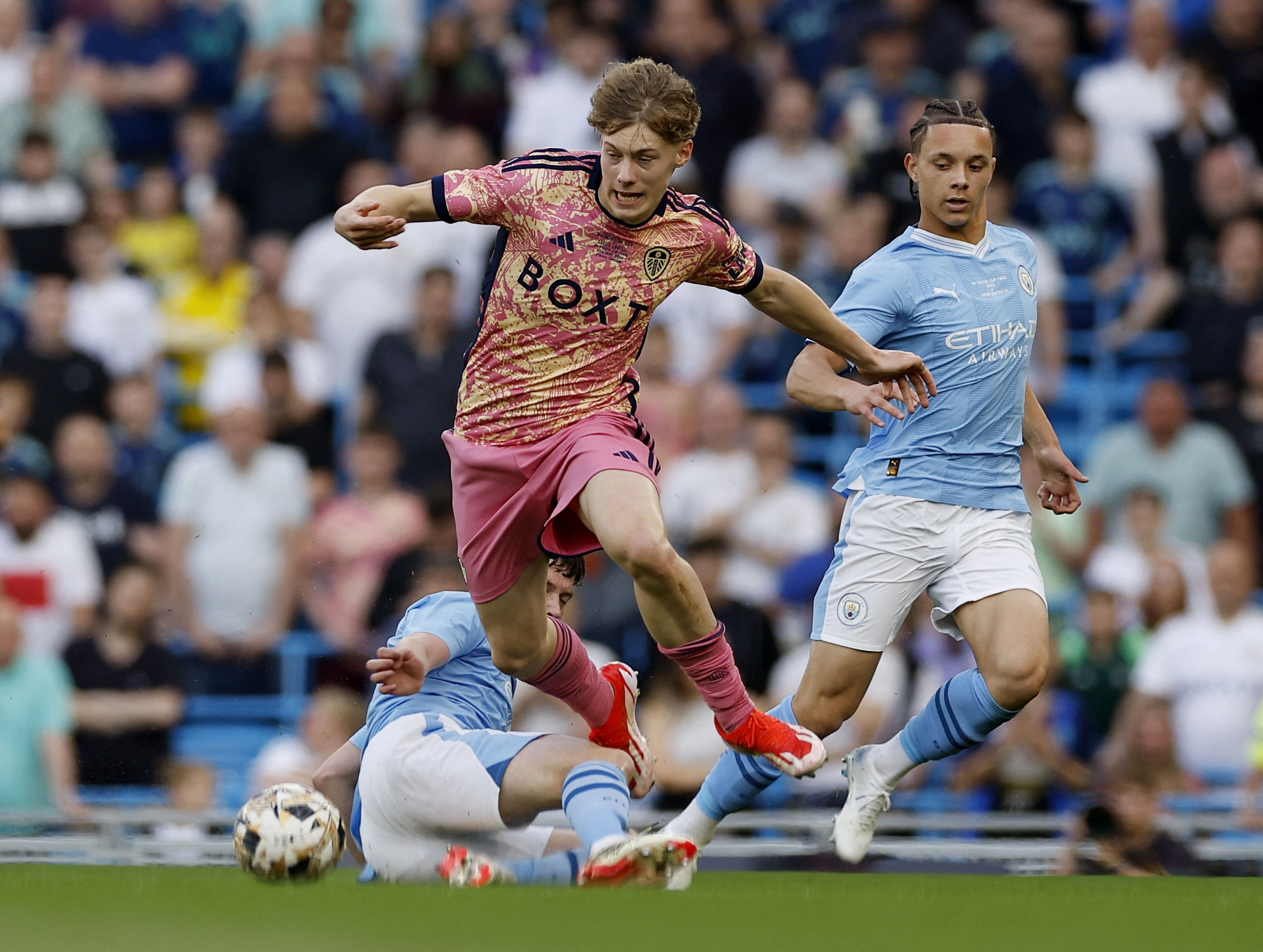3 considerations for return-to-sport decision making

Returning an athlete to sport following an injury requires clinicians to be part of a decision-making team. While they must ensure adequate rehabilitation, they must also weigh the negative consequences of keeping an athlete away from training too long. Guidelines should consider the physical, physiological, and psychological demands of returning to sport. In a previous article, Tracy Ward explored the psychological elements crucial to a successful return to play. As balancing the biology of healing with the load placed upon the athlete determines the risk of re-injury, she now focuses on the physical aspects guiding these decisions(1).
The rate of reinjury is high for some of the most common sporting injuries. For example, re-injury rates are approximately 15%-25% for the groin(2), 44% for Achilles tendon(3), and 30% for repaired anterior cruciate ligaments (ACLs)(4). These levels of reinjury are often attributed to returning to play too soon due to the athlete’s own desire, pressure from teams and coaches, a lack of understanding of the level of skills needed to return safely, or a combination of the above.
Healing of the injury alone is not enough. Research on returning to sport recommends a parallel continuum of recovery and rehabilitation - not an individual decision based on a couple of tests taken at the end of a rehabilitation program(5). This research proposes rehabilitating the athlete to three stages and evaluating them after each stage:
- Return to participation
- Return to sport
- Return to performance
Rehabilitating the athlete using this staged approach ensures they are ready for the increased stresses progressively placed upon them. Gradually exposing them to elevated demands tests injury healing, rehabilitation integrity, confidence, decision-making, and improves the ability to perform at the required level.
Return-to-sport testing
Return-to-sport evaluations consist of a range of tests that measure the quality and quantity of limb movement. Experts recommend a limb symmetry index (LSI) of 90% or more(6). Symmetry means that the injured limb performs at 90% of the non-injured side. Tests used include muscle strength tests, hop tests, a clinical exam, the patient’s reported feelings of readiness, and performance-based tests.While these tests are useful for determining the level of current impairment and progress of rehabilitation, they do not necessarily convey that the athlete has reached pre-injury function or can meet the demands of their sport. Also, these impairment tests do not assess ‘open skills’ and, therefore, do not relate to participation in sport(5). Such skills include the athlete’s ability to react to unpredictable elements and make decisions, especially under the influence of game-fatigue.
Many studies also report that time elapsed since an injury is the most significant factor in determining return to sport. For example, 85% of ACL studies suggested allowing athletes to return to competition at nine months post-repair, without a more in-depth assessment of the athlete’s physical abilities(6). This return coincides with the high re-injury rate of up to 22% within the first 2-5 years after returning from ACL surgery(6).
However, there are now updated recommendations for evaluating return-to-sport readiness(5). They include five primary considerations for choosing return-to-sport criteria(6):
- Use a group of tests (test battery).
- Choose open tasks (less controlled) over closed tasks (more controlled) where possible.
- Include tests with reactive decision-making elements.
- Assess psychological readiness to return to sport.
- Monitor internal and external workloads.
To further guide the decision on return-to-sport readiness, consider the following approaches:
- StARRT framework
- Optimal loading guidelines(5)
- The control chaos continuum(7)
1) StARRT framework
The Strategic Assessment of Risk and Risk Tolerance (StARRT - see figure 1) is a framework that estimates the risks of outcomes associated with return to sport(8). The first two steps provide a risk assessment process. The first stage (health risk) determines the tissue health and the load the tissue can absorb. The second stage (activity risk) analyses the tissue stress, looking at the accumulative load and the ability of the injured tissue to withstand this. The third stage provides the risk tolerance modifiers and the cumulative factors that may influence return to sport by estimating a final ascertained risk to the athlete(5,6).Figure 1: The StARRT framework

2) Optimal loading guidelines
Monitoring loading during rehabilitation requires careful consideration of the athlete’s current training levels (acute workload) and the previous four week’s training (chronic workload). This monitoring gives the acute:chronic workload ratio (ACWR – see figure 2). Research suggests that the acute:chronic ratio should not exceed 1.5 within a week to minimize injury risk(9,10). Chronic workloads should increase by no more than 10% of the previous week’s load to keep injury risk below 10% (11). This data applies to healthy individuals; however, in the rehabilitation setting, it may need further precaution and consideration.Figure 2 Acute-chronic workload ratio – the risk of injury relating to ACWR

The thick black line shows % risk of subsequent injury. The green zone represents an ACWR of 0.8-1.3. (NB – injury risk may increase when the ACWR drops below 0.8 because although the workload is reduced, too large a drop can result in deconditioning, which may increase injury risk at a later date when workload rises again).
3) Control chaos continuum (CCC)
The CCC is a model that progressively imposes greater challenges on the athlete in the form of modifying running speed, direction, and load while also changing impact forces and the number of training sessions(7). The continuum takes the athlete from a situation of high control/low chaos to one of low control/high chaos (see table 1). This means the athlete is in a strictly controlled environment initially with minimal risk and finishes with training difficulty and volumes reflective of competition.| HIGH CONTROL | MODERATE CONTROL | CONTROL TO CHAOS | MODERATE CHAOS | HIGH CHAOS | |
|---|---|---|---|---|---|
| AIM | Return to running with low impact & build confidence | Commence changes of direction, high speed running, and ball drills | Introduce more sports-specific sessions and overload of game-specific demands, with a limit on unanticipated actions | Increase high speed running, reduce limitations of unanticipated actions, increased specificity of sports drills | Return to weekly full training sessions and drills for all types of scenarios |
| DISCRIPTION | - Running drills <60% maximal speed- Linear drills- Minimal acceleration & deceleration | - Increase acceleration/deceleration demands from 2-4ms-1 up to 1 second- Increase linear high speed running up to 60-70% maximal speed- Ball skills to increase variety in movement | - Drills to include more reactive passing & movements, position-specific movements- Covering larger areas with higher speeds- High speed running 65%-80% maximal speed with aerobic intervals | - High speed running to >75% maximal speed including directional changes- Additional sprint distances based on player position- More specific drills for pattern of play and technical skills progression | - Enhanced technical considerations of all passing skills and from a variety of ranges including jumping, tackling etc- Speed and volume of conditioning should reflect pre-injury training sessions |
Number of training sessions
Although the number of training sessions are mentioned in the CCC, further research into this concept provides proper guidelines. Matchplay is associated with a 7-fold increase in injury rates compared to normal training sessions(12). This higher rate of injury is due to the increased loads endured by the athlete in the competitive environment. The injury rate at the first match post-injury is approximately 87% higher than the injury-rate for regular seasonal matches, and the chance of a muscle injury is 158% higher(13).The number of training sessions an athlete completes following their injury before returning to sport correlates inversely with reinjury rates. Athletes who completed less than four training sessions prior to match day had a three-fold higher injury risk than those who completed four or more training sessions (13). With additional training sessions, the injury risk continued to lower, with a 13% reduction in injury risk for each additional training session completed. With this data, a minimum of six training sessions following injury is recommended before competitive match play(13).
Summary of key points
- Return to sport following injury presents high re-injury rates and requires a multi-factorial formula to calculate risk and to implement factors to reduce this.
- Athletes should be rehabilitated first for participation, then for their sport, then for performance.
- Battery testing, identifying 90% LSI, and time since injury are useful for evaluating athlete progress but do not assess ability in sport or predict re-injury.
- The StARRT framework, optimal loading measurements, and the control chaos continuum collectively provide extensive data on an athlete’s risk of injury.
- Also, consider the number of training sessions following injury before return to sport as a measure of the risk of reinjury.
References
- Br J Sports Med. 2016; 50:804-808.
- Clin J Sport Med 1999;9:151–6.
- Br J Sports Med 2013;47:763–8.
- 2018. 26;1966–1974. DOI 10.1007/s00167-017-4747-8.
- Br J Sports Med. 2016; 50:853-863.
- Br J Sports Med. 2019; 53:1154-1161.
- Br J Sports Med. 2019; 53(18): 1-6.
- Br J Sports Med. 2015; 49: 1311-1315.
- Br J Sports Med. 2014; 48:708–12.
- Br J Sports Med. 2016; 50:471-475.
- Br J Sports Med 2016;50:273–280.
- Br J Sports Med. 2013; 47: 732-737.
- Br J Sports Med. 2019; 0:1-6.
You need to be logged in to continue reading.
Please register for limited access or take a 30-day risk-free trial of Sports Injury Bulletin to experience the full benefits of a subscription. TAKE A RISK-FREE TRIAL
TAKE A RISK-FREE TRIAL
Newsletter Sign Up
Subscriber Testimonials
Dr. Alexandra Fandetti-Robin, Back & Body Chiropractic
Elspeth Cowell MSCh DpodM SRCh HCPC reg
William Hunter, Nuffield Health
Newsletter Sign Up
Coaches Testimonials
Dr. Alexandra Fandetti-Robin, Back & Body Chiropractic
Elspeth Cowell MSCh DpodM SRCh HCPC reg
William Hunter, Nuffield Health
Be at the leading edge of sports injury management
Our international team of qualified experts (see above) spend hours poring over scores of technical journals and medical papers that even the most interested professionals don't have time to read.
For 17 years, we've helped hard-working physiotherapists and sports professionals like you, overwhelmed by the vast amount of new research, bring science to their treatment. Sports Injury Bulletin is the ideal resource for practitioners too busy to cull through all the monthly journals to find meaningful and applicable studies.
*includes 3 coaching manuals
Get Inspired
All the latest techniques and approaches
Sports Injury Bulletin brings together a worldwide panel of experts – including physiotherapists, doctors, researchers and sports scientists. Together we deliver everything you need to help your clients avoid – or recover as quickly as possible from – injuries.
We strip away the scientific jargon and deliver you easy-to-follow training exercises, nutrition tips, psychological strategies and recovery programmes and exercises in plain English.






